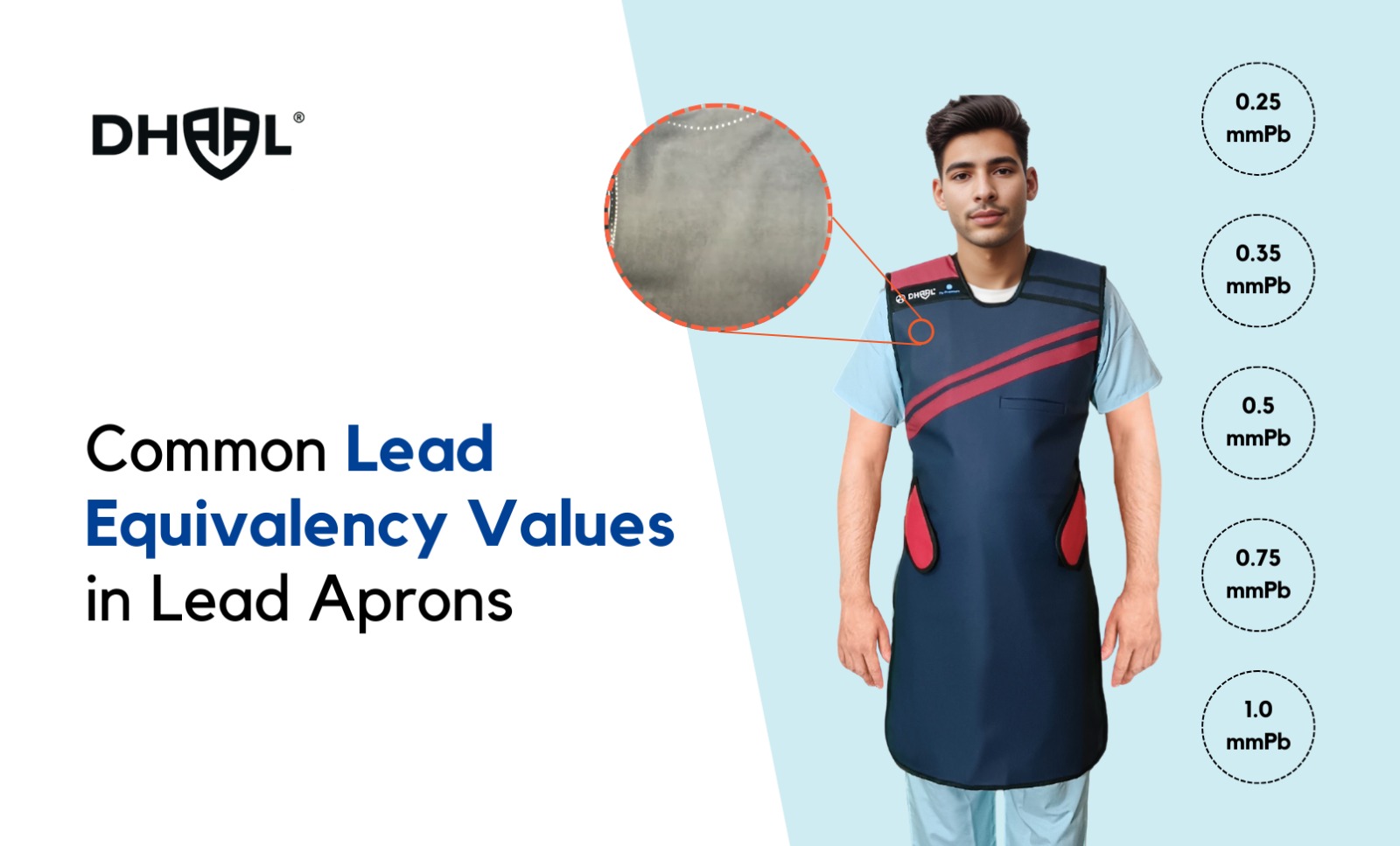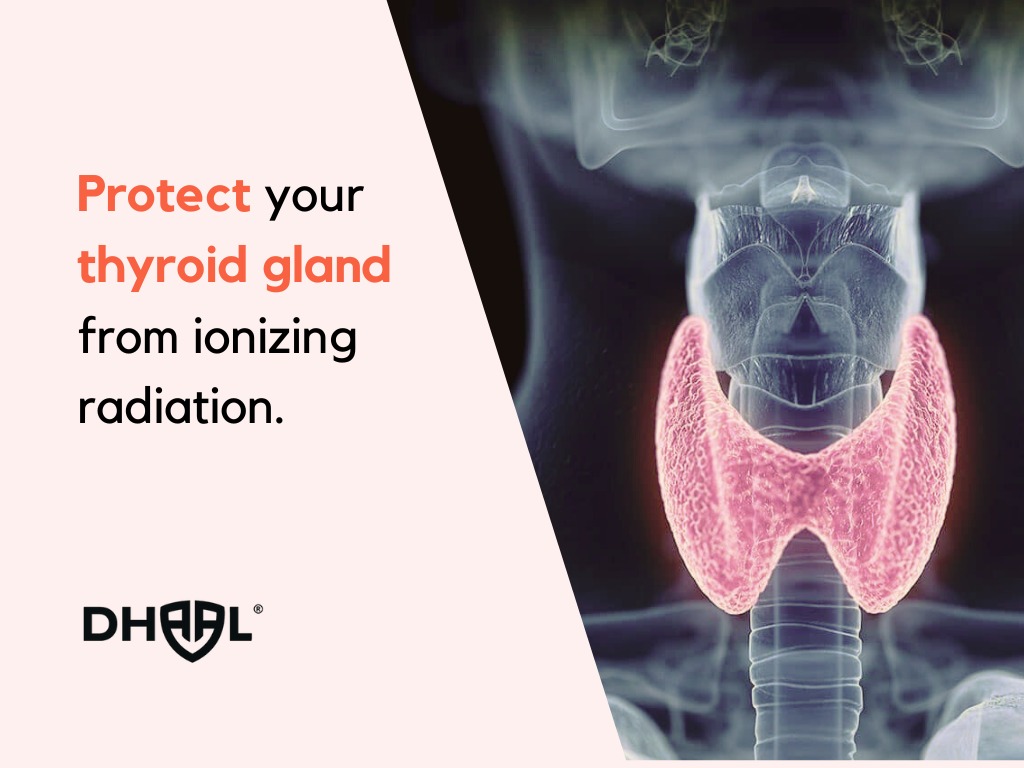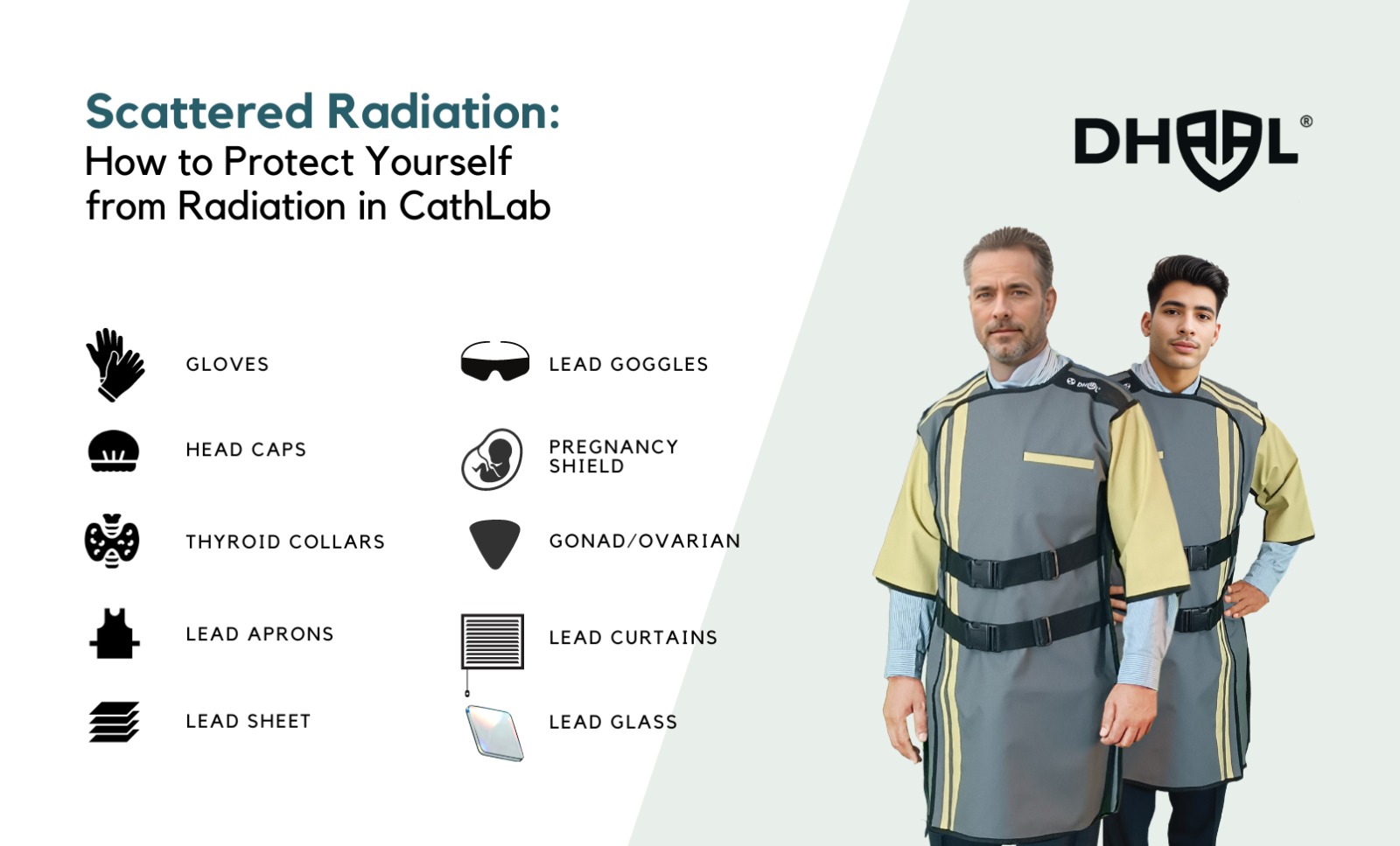
Lead aprons come in a variety of thicknesses, with each offering different levels of protection:
- 0.25 mm Lead Equivalency:
- Often used in dental X-rays or routine imaging procedures where the radiation dose is low.
- Provides basic protection for quick, low-exposure situations.
- 0.5 mm Lead Equivalency:
- Standard protection for general radiography and diagnostic imaging, including X-rays and CT scans.
- Commonly used for most medical settings.
- 0.75 mm – 1.0 mm Lead Equivalency:
- Higher protection required for fluoroscopy and interventional radiology where long exposure times or high radiation levels are involved.
- Used in environments where radiation exposure is significant, such as during surgeries with real-time imaging.
- 1.0 mm or More Lead Equivalency:
- Typically used in high-radiation environments, such as nuclear medicine, or for workers in the nuclear power industry.
- Provides maximum protection for long-term or high-intensity exposure.
Conclusion: Understanding Lead Equivalency for Radiation Safety
Lead equivalency is a crucial factor when selecting a lead apron for radiation protection. It allows for the comparison of aprons made from different materials and provides a clear understanding of how well an apron will shield the wearer from ionizing radiation.
Whether you’re a healthcare professional, a worker in the nuclear industry, or involved in scientific research, understanding lead equivalency ensures that you are getting the appropriate level of protection against the harmful effects of radiation. It is important to choose an apron with the right lead equivalency based on your level of exposure, ensuring that you maintain safety and minimize health risks.
As radiation protection technologies evolve, lead-free materials that provide equivalent protection are becoming more common, offering lighter and more comfortable options. However, the principle of lead equivalency remains the benchmark for ensuring that protective gear effectively reduces radiation exposure.
By understanding and using lead equivalency, you can ensure that you’re adequately protected in any environment where radiation exposure is a concern.



